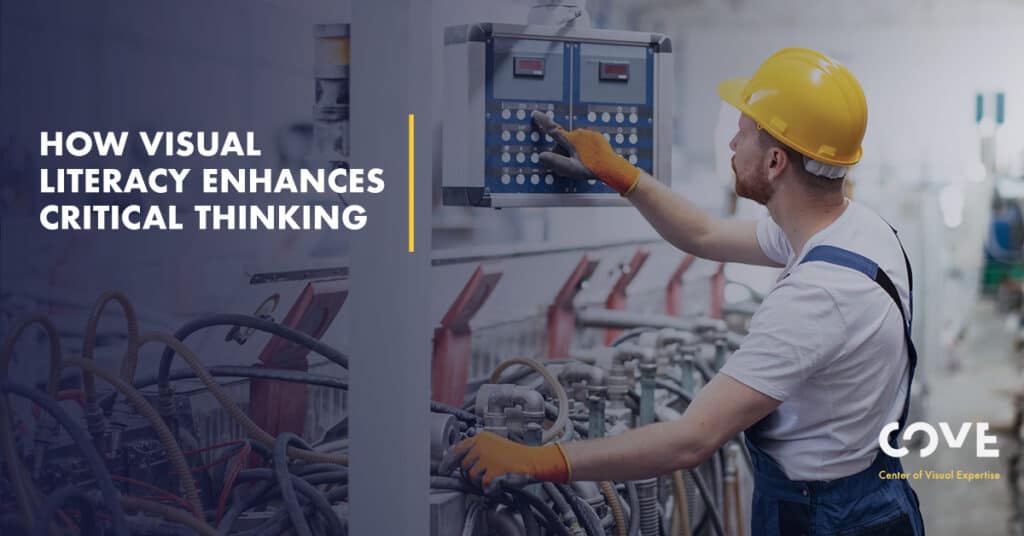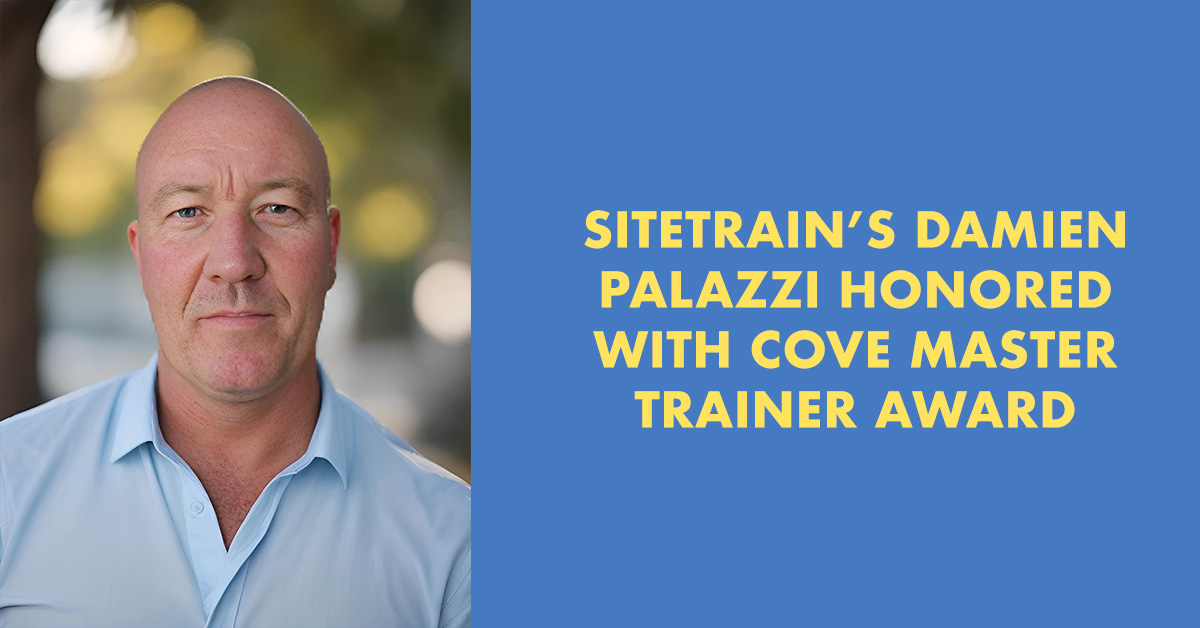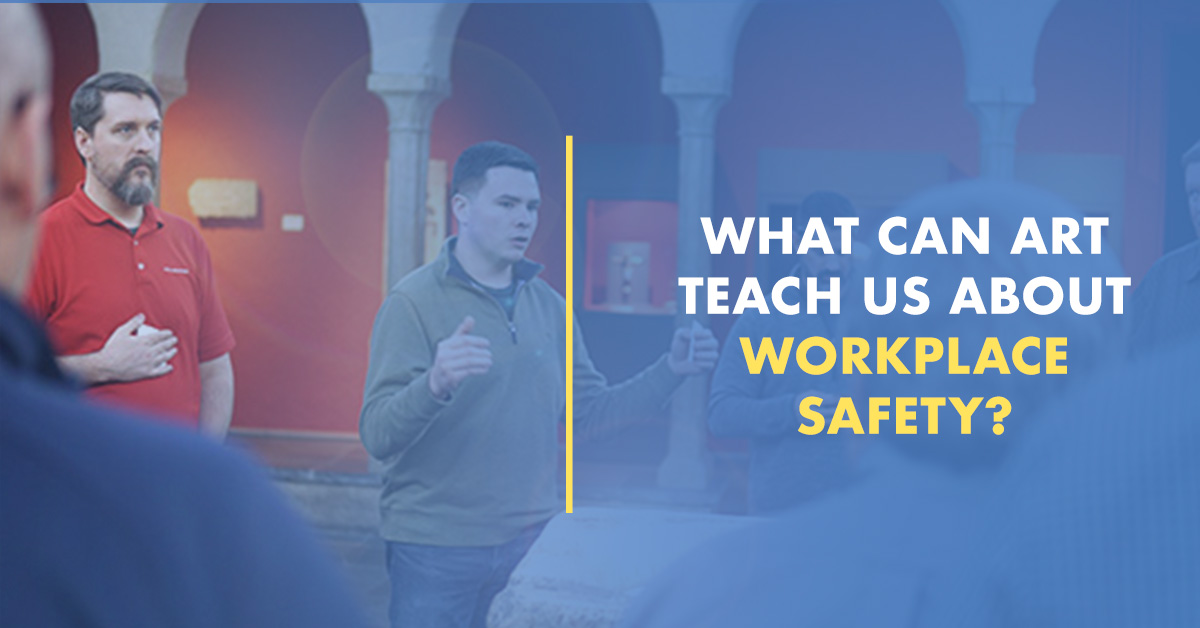Teaching for critical thinking is not the same as teach about critical thinking. Teaching for critical thinking skills development can be achieved for just about any professional subject matter, certainly including workplace safety and health.
First, let’s define critical thinking. It is not something we do in the normal routine of our work, or our lives. Moment to moment, most of our thinking happens automatically. In human performance terms, this auto-pilot mode is called fast brain thinking. When we think critically, we deliberately employ intellectual tools to reach – frequently but not always – more accurate conclusions that our brains automatically often would.
Intellectual tools include conceptualizing, analyzing, synthesizing and evaluating information. That information can come from sources such as observation, experience, reflection, reasoning and communication. The intent of critical thinking is to guide our beliefs, our behaviors, reach conclusions and make decisions.
Thinking critically is more than just thinking with clarity, concentration or rational calculation. It’s about thinking independently. This means we form our own judgments or opinions and draw our conclusions regardless of outside influence. Our mental biases or blind spots, such as reaching conclusions based on our presumptions (premature cognitive commitment) or how the group thinks (desire for conformity) are one form of outside influence. Critical thinking is based on disciplined analysis, seeing connections between ideas, and having a wide-open aperture to other viewpoints and opinions.
In 2021, coming out of a tumultuous pandemic year and with advances in technology and social priorities, jobs are constantly evolving and critical thinking, empathy and resilience are strongly desired by employers as they look toward business recovery and growth, according to Personnel Today.
This demand is not being satisfied. According to a 2020 survey by McKinsey & Company, 87 percent of companies are experiencing skills gaps or expect them within a few years. The churning job market has forged a new need for employers to replace traditional skills sets with soft skills, including the ability to thinking critically.
Learning experiences and assessment tools that facilitate critical thinking skills include those in which learners can:
- Challenge assumptions
- Frame problems collectively
- Question creatively
- Construct, analyze and evaluate arguments
- Discerningly apply values of inquiry
Visual Literacy is an important, elemental learning method to develop critical thinking. Consider today’s workplace demographics. The new workforce of “digital natives” or “modern learners” is tech savvy and digitally connected. The “Millennial” generation, born between 1981 and 1996, today composes the workforce between ages 25 and 40. At a very young age, millennials were immersed in visual technology. The new workforce, including Generation Z following the millennials, is composed of visual learners. They learn information best by seeing it in an example format, such as a photograph, video, illustration, graphic or map. Recall the definition of critical thinking: it is based on analysis and seeing connections. Sources of information used for critical thinking include observation.
Visual learners are naturally drawn to visual-based training and education methodologies, such as used by COVE: Center of Visual Expertise. The article, “The Importance of Visual Learning,” itemizes the benefits of this learning method:
Learners look at problems differently in a way they will understand.
Perhaps an employee cannot grasp the safety practice of hazard recognition and has trouble identifying hazards. But once presented with a photograph or video of a work scene filled with hazards that can be deconstructed both individually and collectively by the workshop class, the learner receives instant feedback on the visual and learns from others how they spotted the hazards.
Adult learners, learners of all ages, are far more likely to remember visuals than words. Consider the difference between talking about hazard types versus presenting them in visual imagery. An estimated 80 to 90 percent of the information we received is accessed through our vision, according to the Harvard Business Review.
Visual Literacy builds an understanding of the big picture.
As taught in COVE workshops, this is achieved by analyzing an image using multiple perspectives: turning the image upside down; moving from the perimeter to the interior of the image; and identifying the elements of art within the image – color, lines, shapes, space and texture. Group interaction and discussions (free-flowing opinions and perspectives) further the learner’s grasp of seeing the big picture. Having a holistic viewpoint is an important, necessary component of critical thinking.
Visual Literacy inspires creativity.
With our eyes literally and figuratively open to new ways of seeing and observing more closely and with greater detail, we start to think in a far more creative and open-minded way.
Learning more effectively.
In a visual format learners process and retain information much faster and with more reliability. Visuals break down information into manageable pieces that are easier to absorb. Think in terms of the elements of art: color, lines, shapes, space and texture.
Increasing the learner’s interest in the subject matter.
When learners are trained or educated in a way that they like and understand (Visual Literacy as taught by COVE is comfortably paced and fun), they pay closer attention and the increase in their critical thinking skills will be evident.
Processing information more quickly.
Learning content, such as COVE’s hazard recognition safety methodology, is processed more quickly when presented in the form of an image or video. According to the Visual Training Alliance:
- Of all the information transmitted to brain, 90% is visual.
- As opposed to text, visuals are processed 60,000x faster.
- Humans are capable of getting the sense of a visual scene in less than 1/10th of a second.
- 40% of nerve fibers are linked to the retina.
- Our brain can see images that last for only 13 milliseconds.
- The human eye can register 36,000 visual messages every hour.
The benefits of visual learning, and its alignment with the way the modern workforce wants and expects to be taught, meet the increasing demand of employers intent on developing critical thinking skills such as strong communication abilities, problem-solving, leadership and decision-making, teamwork, work ethic, flexibility and adaptability, and interpersonal skills. As mentioned, many employers are discovering employees are lacking in these areas. According to a late 2019 Gallup survey, most new employees say they come to their jobs with sufficient “hard skills” such as math and writing, but feel their degree did not prepare them for the demand for “soft skills” including critical thinking.
Visual Literacy as taught in COVE workshops – even in remote, virtual workshops conducted during the pandemic – emphasize both collaborative and independent thinking through looking deeply at a variety of visual images and videos and describing, analyzing and interpreting what our brain, not just our eyes, sees. Resulting in-depth observations and assessments are shared and communicated to solve problems and enable employees to better understand and interact with their work environment using the toolkit of critical thinking skills. This is especially crucial in today’s fast-paced, fast-changing workplaces that are saturated with visual information. Through visual learning, employees can make sense of large amounts of visual information, make decisions and take actions – essential for safety and an ability that is not possible without using critical thinking skills.
This learning is sought by both employers and employees, and is important for business sustainability. In the LinkedIn Workplace Learning report 94 per cent of employees said that if their company invested in their career development, they would stay in that company for longer.
Learn how COVE workshops can meet the needs of employers and employees.




